A Look at Different Types of Robot Vacuums on the Market
Executive Summary
Different Types of Robot Vacuums are revolutionizing the way we clean our homes, offering convenience and efficiency to users. In this comprehensive exploration, we delve into the diverse spectrum of robot vacuums, ranging from budget-friendly models to cutting-edge high-tech options. As households increasingly embrace automation, understanding the various types of robot vacuums becomes essential for informed decision-making.
Beginning with budget-friendly models, we examine how these options provide basic cleaning functionalities while being cost-effective for consumers. Transitioning towards mid-range offerings, we uncover enhanced features and performance capabilities that cater to diverse household needs. Finally, we delve into the realm of high-tech robot vacuums, showcasing state-of-the-art advancements such as mapping technology, intelligent navigation, and integration with smart home systems.
By dissecting the landscape of Different Types of Robot Vacuums, this article aims to empower readers with the knowledge to select the ideal cleaning companion for their homes, balancing functionality, budget, and technological innovation.
General Robot Vacuums
General robot vacuums are the most affordable option on the market. They typically have a simple design and limited features. They may have basic navigation capabilities, such as bumping into furniture or using sensors to avoid falling down stairs. They may also have simple scheduling options and basic filtration systems.
Pros and cons of basic models
General robot vacuums are an excellent option for those on a budget or who want a device to take care of basic cleaning needs. They are also easy to use and maintain.
However, they may need advanced features such as mapping or room recognition, and their navigation may need to be improved, resulting in less efficient cleaning.
Budget-friendly options
There are several budget-friendly robot vacuums on the market. Some popular options include the Eufy RoboVac 11S, the iClebo Arte, and the vacuums for PetHair. These vacuums are affordable and offer basic cleaning capabilities, making them an excellent option for those having budget constraints.
Mapping Robot Vacuums
Mapping robot vacuums use advanced technology to map the area they are cleaning. They use sensors to navigate and create a plan for cleaning the space. Mapping allows them to clean more efficiently and target specific areas. Some mapping vacuums even come with a feature that will enable you to set virtual boundaries to tell the robot where not to go.
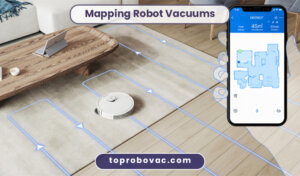
Pros and cons of mapping vacuums
Mapping vacuums offer advanced navigation and cleaning capabilities, resulting in a more efficient and thorough cleaning experience. They also come with room recognition features, allowing the robot to clean specific rooms on command.
However, they can be expensive, and their advanced features may only be necessary for some selected users.
High-end options with advanced mapping features
Some popular high-end mapping vacuums include the Roomba i7+, the Neato Botvac D7 Connected, and the Samsung Powerbot R9350. These vacuums offer advanced mapping and navigation technology and additional features such as room recognition and virtual boundaries. They are an excellent option for those who want the most advanced cleaning capabilities and are willing to invest in a high-end device.
Hybrid Robot Vacuums
Hybrid robot vacuums are a combination of primary and mapping vacuums. They typically have basic navigation capabilities and a simple design like general vacuums, but they also have advanced features like mapping vacuums. They can create a basic map of the area they are cleaning, but it may not be as detailed as the ones made by mapping vacuums. They are middle-ground options with a balance between price and features.
Pros and cons of hybrid vacuums
Hybrid vacuums offer a balance between price and features. They are typically less expensive than mapping vacuums but offer more advanced features as compared to general vacuums. They also provide a more efficient cleaning experience than other low-priced vacuums.
However, they may not have as advanced mapping and navigation capabilities as high-end mapping vacuums.
Comparison to essential and mapping vacuums
Hybrid vacuums are a balance between general and mapping vacuums. They offer more advanced features than necessary vacuums but are less expensive. They may not be as efficient or have advanced mapping capabilities as mapping vacuums, but they still offer an efficient cleaning experience.
Specialty Robot Vacuums
Specialty robot vacuums are for specific cleaning tasks like cleaning pools or lawn maintenance. Pool vacuums use specialized technology to clean the floors and walls of a house, while lawn vacuums use robotic technology to maintain the outside appearance of a property.
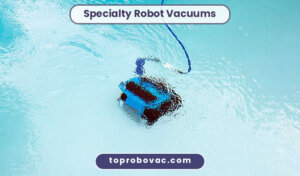
Pros and cons of specialty vacuums
Specialty vacuums are great for tackling specific cleaning tasks, such as keeping a pool or lawn clean. They can save time and effort as compared to doing the job manually.
However, they can be expensive and unnecessary for all homeowners.
Examples of specialty vacuums on the market
Some popular specialty vacuums include the Dolphin Nautilus Plus Automatic Pool Cleaner, the iRobot Looj 330 Gutter Cleaning Robot, and the Husqvarna Automower 315X. These vacuums are designed for specific tasks such as cleaning pools, gutters, and lawns and offer a convenient and efficient way to maintain these areas.
Conclusion
In conclusion, different types of robot vacuums have become increasingly popular in recent years due to their ability to make cleaning effortless and convenient. There are four main types of robot vacuums on the market: General robot vacuums, mapping robot vacuums, hybrid robot vacuums, and specialty robot vacuums. Each class has unique features and capabilities, so it’s necessary to consider which features are most important when choosing a robot vacuum. Famous brands and models of robot vacuums include Roomba, Neato, Eufy, iRobot, and Samsung.
Frequently Asked Questions
Q. What are the different types of robot vacuums?
There are four main types of robot vacuums on the market: essential robot vacuums, mapping robot vacuums, hybrid robot vacuums, and specialty robot vacuums.
Q. How do I choose the right robot vacuum for my home?
Consider the essential features, such as battery life, suction power, navigation system, and intelligent home integration. Think about the size and layout of your home and ensure that the robot vacuum can navigate and clean effectively.
Q. Do robot vacuums work well on carpets?
Most robot vacuums work well on carpets and hard floors. Still, it’s essential to check the specifications of the model you’re considering and ensure it can effectively clean carpets.
Q. Can I control my robot vacuum with my voice?
Many robot vacuums are compatible with smart home devices. You can control them using voice commands through Amazon Alexa or Google Assistant.
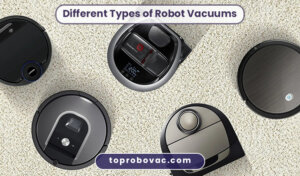
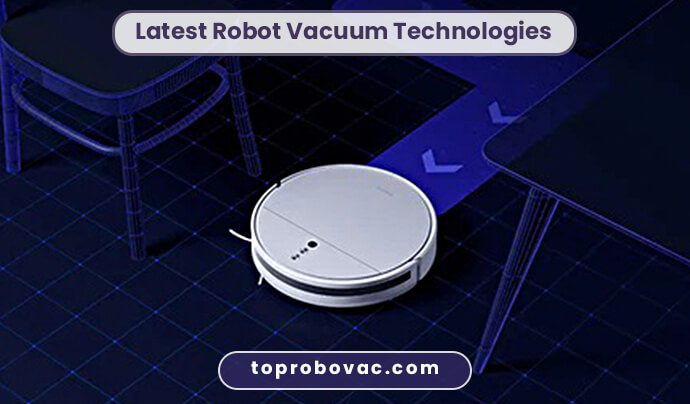
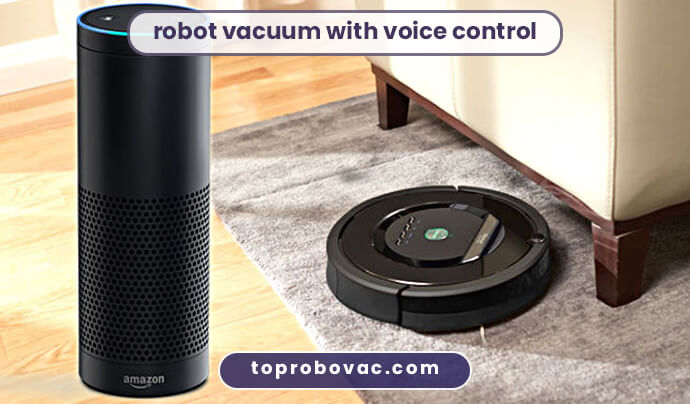
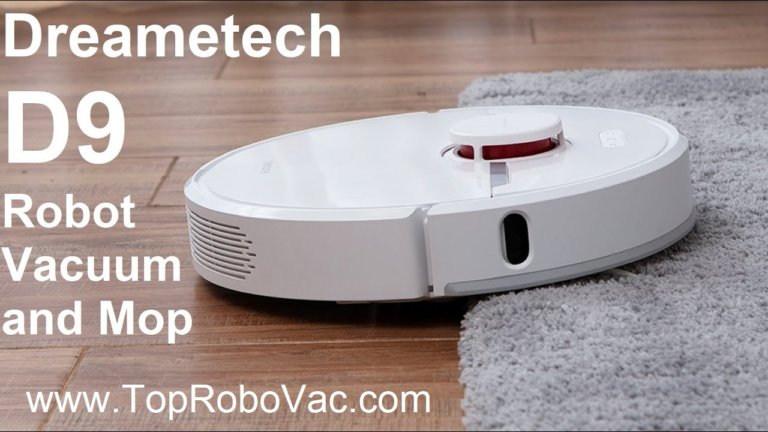
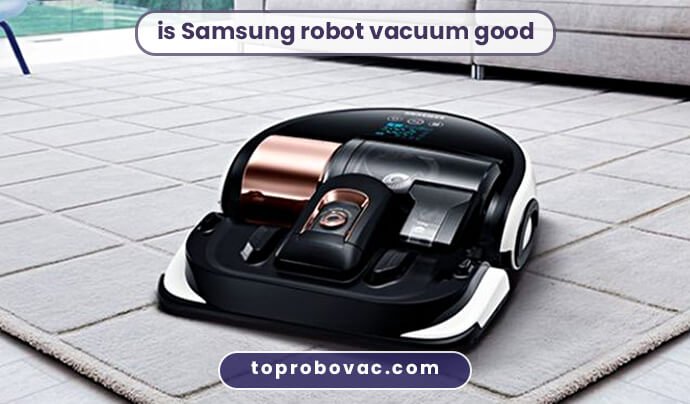
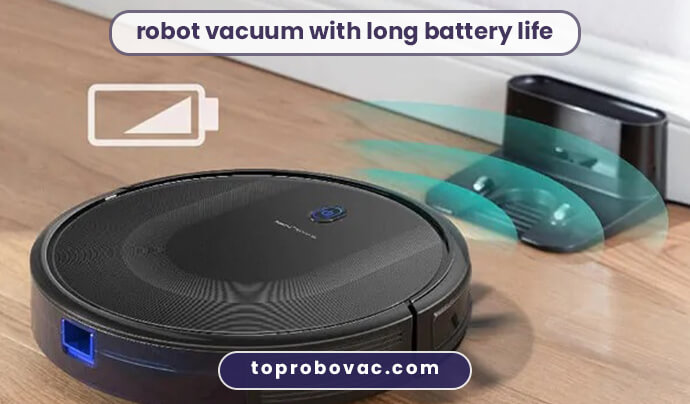
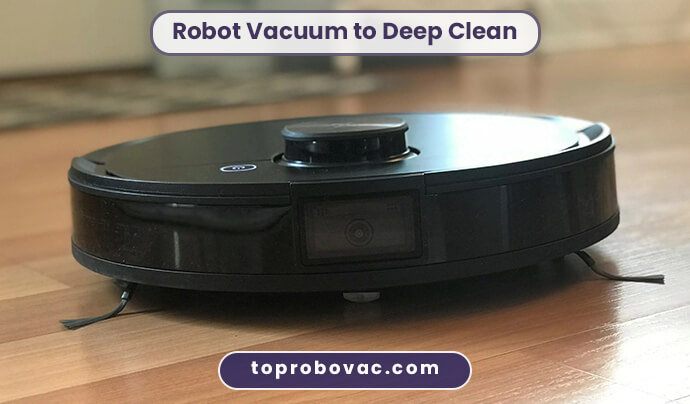
A fascinating discussion is definitely worth comment. I think that you ought to write more about this subject, it may not be a taboo matter but generally people do not speak about such issues. To the next! Many thanks!!
This is the perfect web site for anyone who wants to find out about this topic. You realize so much its almost tough to argue with you (not that I really will need toÖHaHa). You definitely put a new spin on a subject thats been written about for decades. Great stuff, just wonderful!
It’s the best time to make some plans for the future and it’s time to be happy.
I have read this post and if I could I want to suggest
you few interesting things or suggestions.
Perhaps you can write next articles referring to this article.
I want to read more things about it!
I’m glad you enjoyed the article! Robot vacuums are a great time-saver that frees you up for more enjoyable activities. In future articles, I’ll explore their benefits in more depth and how they can make your life easier.